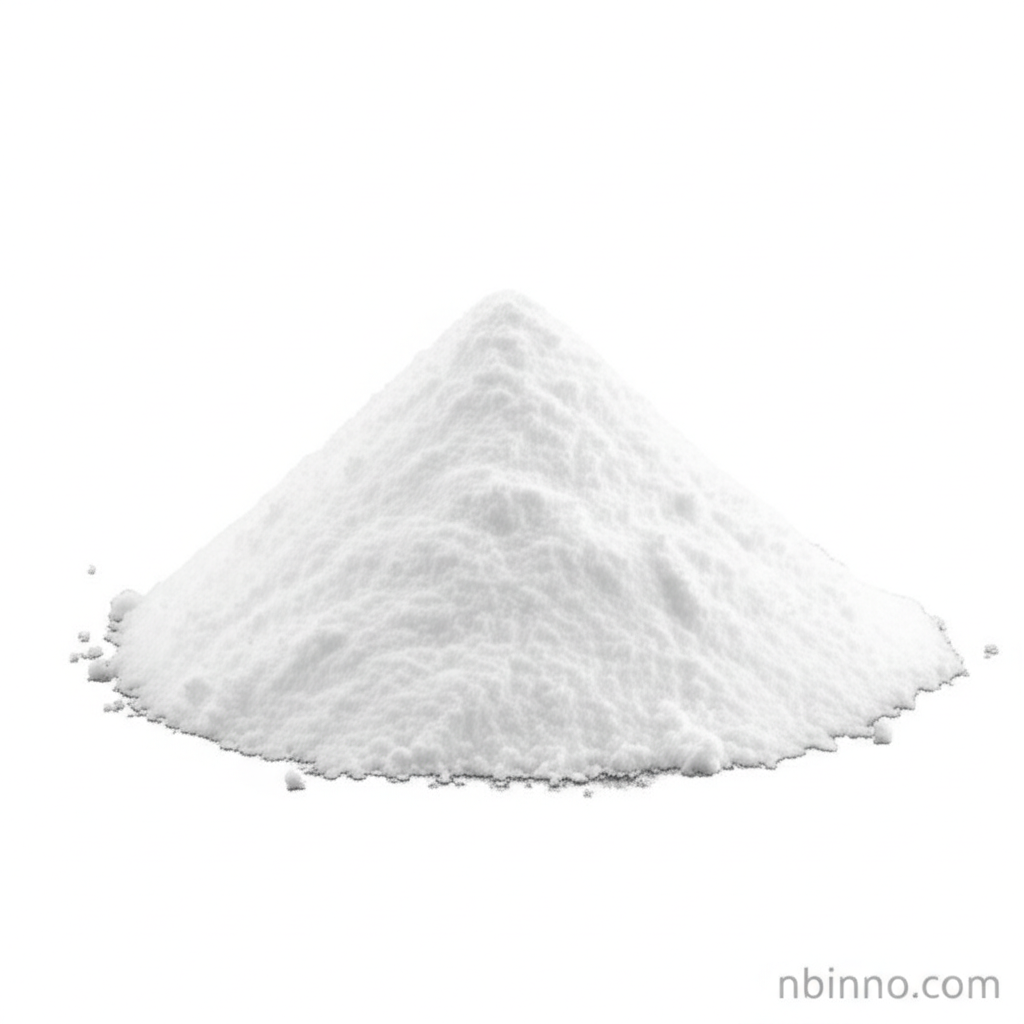Tetrabutylammonium Acetate: A Versatile Phase Transfer Catalyst for Organic Synthesis
Enhance your chemical reactions with the efficient and safe properties of Tetrabutylammonium Acetate.
Get a Quote & SampleProduct Core Value

Tetrabutylammonium Acetate
Tetrabutylammonium Acetate (TBAA) is a highly effective quaternary ammonium salt renowned for its utility as a phase transfer catalyst (PTC) in a broad spectrum of organic reactions. Its primary function is to bridge immiscible phases, thereby accelerating reaction rates and improving overall yields. This makes it an indispensable tool in complex synthesis, particularly within the pharmaceutical and agrochemical industries.
- Leverage TBAA's efficacy in organic synthesis for your reactions. Its ability to transfer reactants between phases significantly boosts reaction efficiency.
- Discover the advantages of using low toxicity catalysts in your laboratory and industrial processes. TBAA offers a safer alternative.
- Optimize pharmaceutical synthesis with reliable reagents like Tetrabutylammonium Acetate. It aids in the precise formation of complex molecules.
- Explore the diverse applications of Tetrabutylammonium Acetate in polymer chemistry, contributing to the development of novel materials with tailored properties.
Key Advantages Offered
Enhanced Reaction Efficiency
Tetrabutylammonium Acetate acts as a powerful phase transfer catalyst, facilitating the interaction between reactants in different phases, leading to significantly improved reaction kinetics and yields in organic synthesis.
Improved Safety Profile
With its inherently low toxicity and ease of handling, TBAA presents a safer and more manageable option compared to many traditional catalysts, aligning with principles of green chemistry.
Versatile Chemical Applications
From catalyzing the alkynylation of carbonyl compounds to acting as an ionic liquid for cellulose dissolution, the range of its utility in chemical reactions is extensive.
Key Applications
Organic Synthesis
As a premier phase transfer catalyst, TBAA is critical for reactions involving poorly soluble reactants, making it a staple in organic chemistry laboratories.
Pharmaceutical Synthesis
Researchers frequently employ TBAA applications in the development of pharmaceuticals, where it ensures the precise formation of complex organic molecules.
Polymer Chemistry
The compound's unique properties make it valuable in the synthesis of new polymeric materials, contributing to advancements in polymer chemistry reagents.
Agrochemical Production
TBAA plays a role in the synthesis of agrochemicals, enhancing the efficiency and yield of critical production processes.
Related Technical Articles & Resources
Why Choose Us?
Leverage our expertise and state-of-the-art infrastructure to accelerate your journey from discovery to commercial success.
Global Experience
With 20 years of R&D, manufacturing, and sales experience, we proudly serve clients across 60 countries and regions worldwide.
Advanced Facilities
Our in-house R&D laboratory, pilot platform, and large-scale production workshop are equipped to meet the audit requirements of global customers.
Seamless Scalability
We facilitate a perfect transition from small-scale lab requirements (grams) to full commercialization (hundreds of tons).
